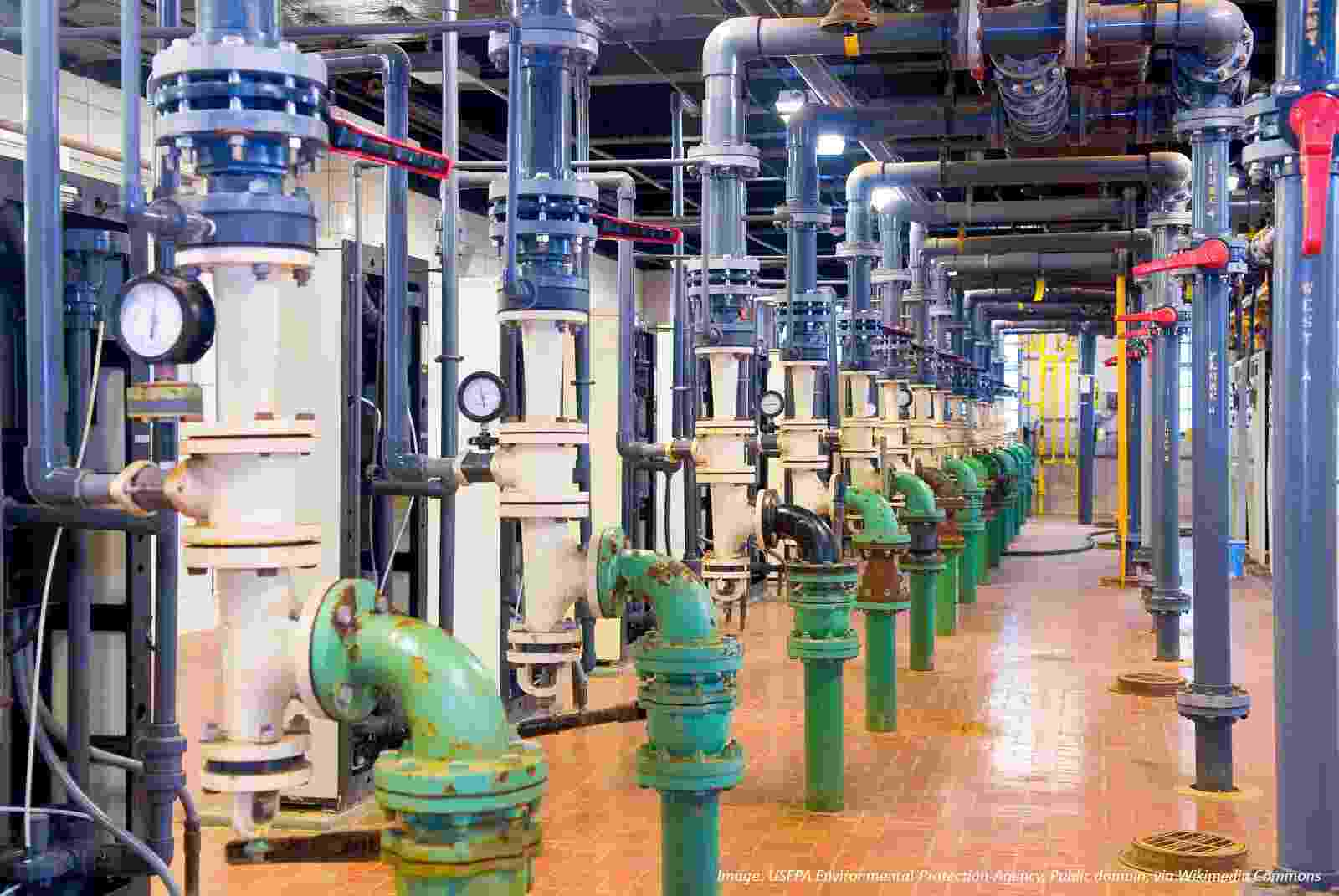Disinfection by-products in drinking water supply systems
A systematic review
08 March 2021


Interior of a drinking water treatment plant
Authors: Juliana Salazar Benítez, Cristian Méndez Rodríguez, Apolinar Figueroa
Fresh water, despite being a renewable natural resource, is currently limited and scarce. Its necessity for life and economic growth has led to permanent conflicts of interest. Social and sectoral dynamics regarding water entail conflicts over use, alterations of natural conditions, and effects on its availability, quantity, and quality. Due to anthropic activities present in watersheds, freshwater systems around the world face the emergence of innumerable chemical substances that hinder their treatment processes and favour the formation of other compounds. These include disinfection by-products (DBPs), which are compounds that represent a risk to human health due to its mutagenic and carcinogenic nature.
This study conducts a systematic review of the literature concerning DBPs in drinking water supply systems (DWSS). From the research questions formulated in the review, a knowledge gap has been identified, which suggests the problems linked to the appearance of DBPs in treated water, should be addressed within an interdisciplinary and systemic approach.



